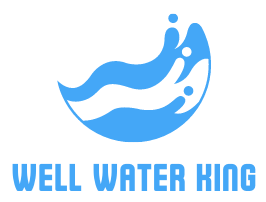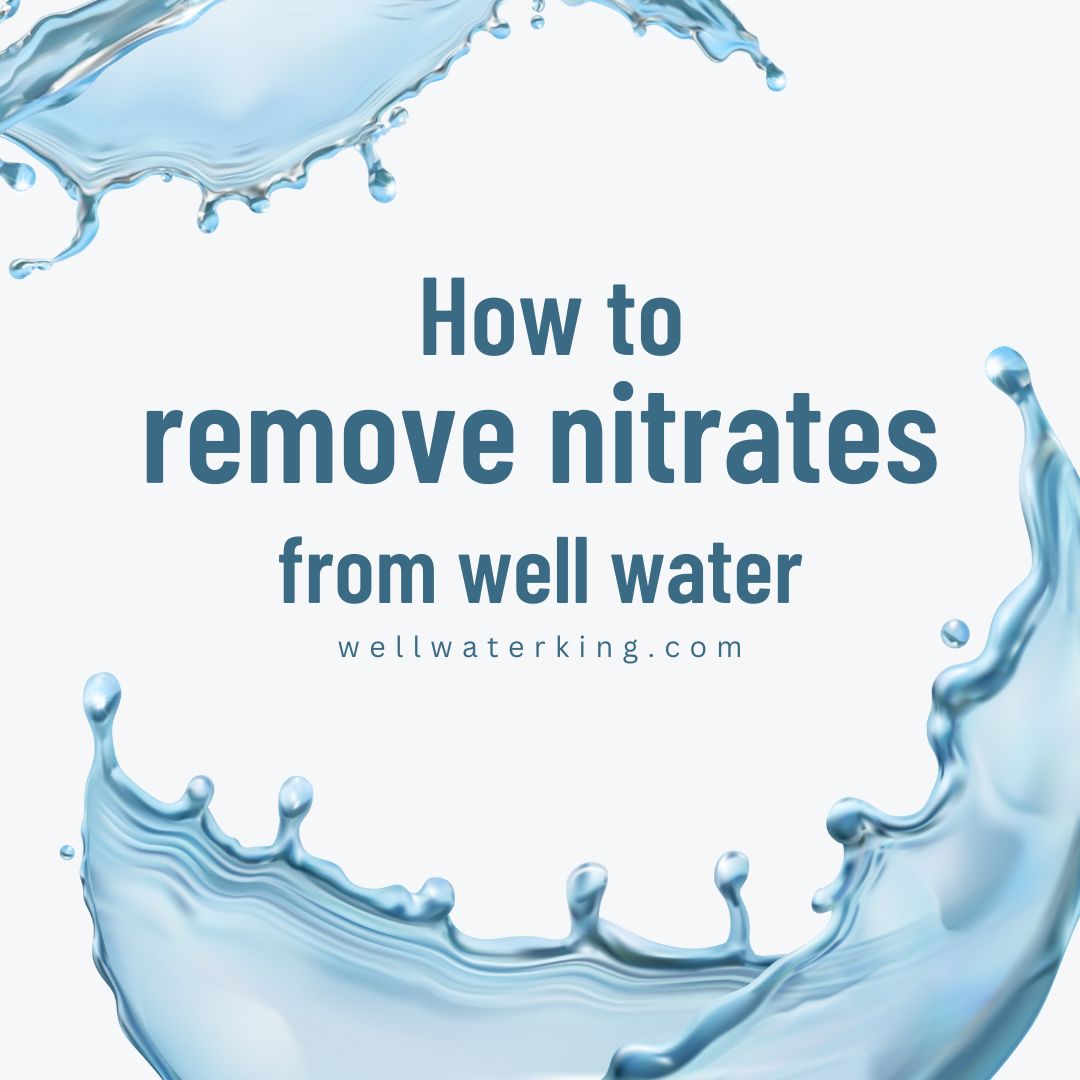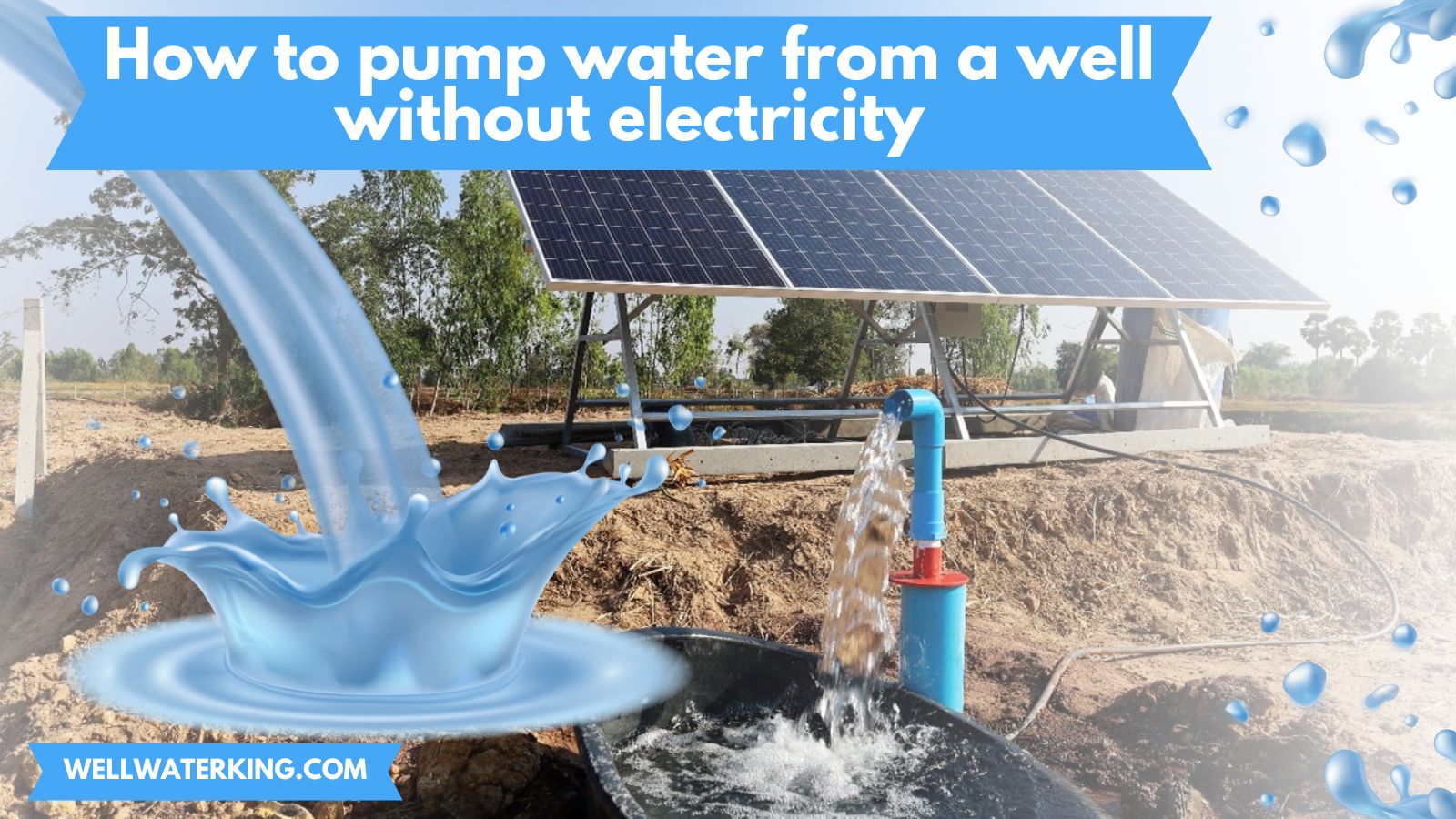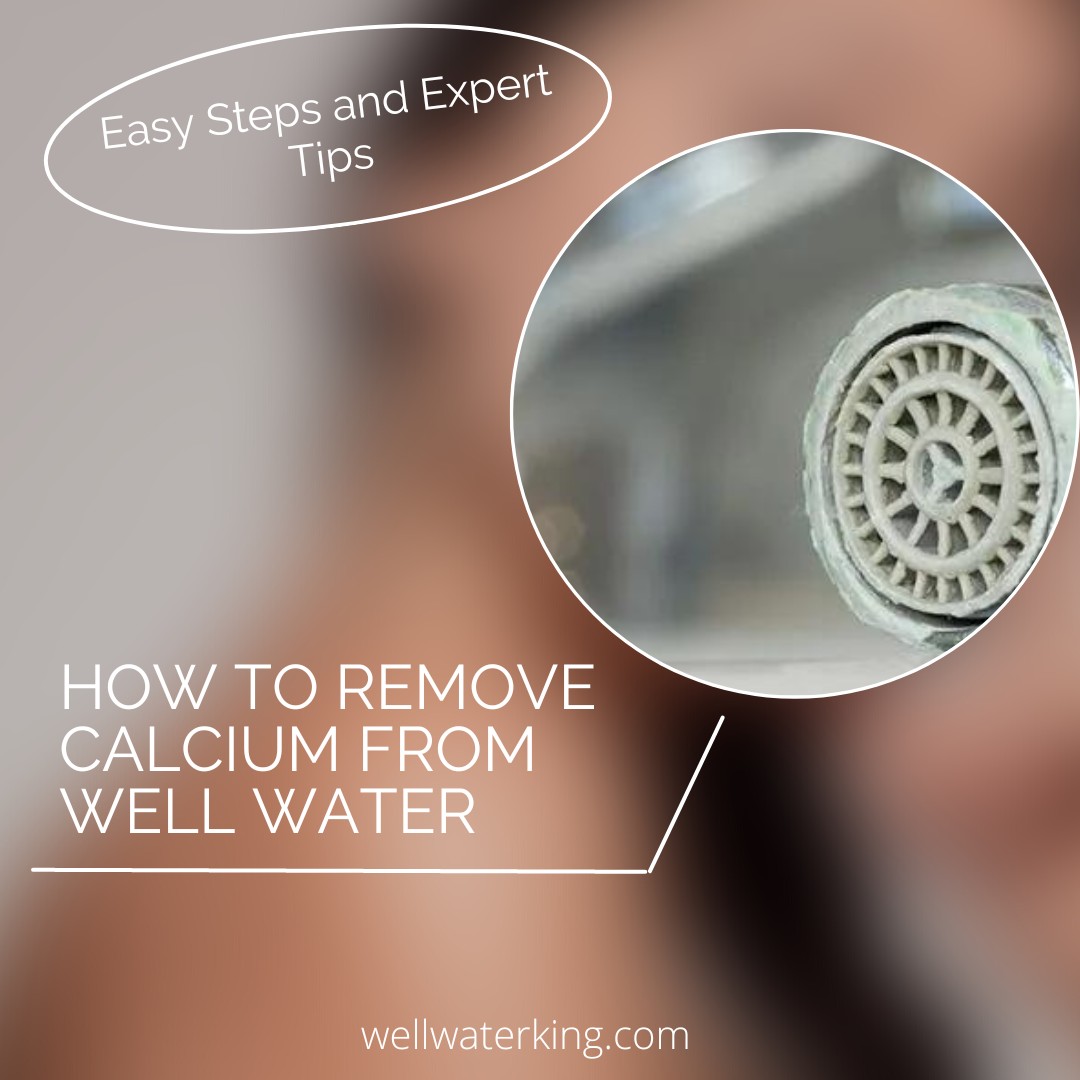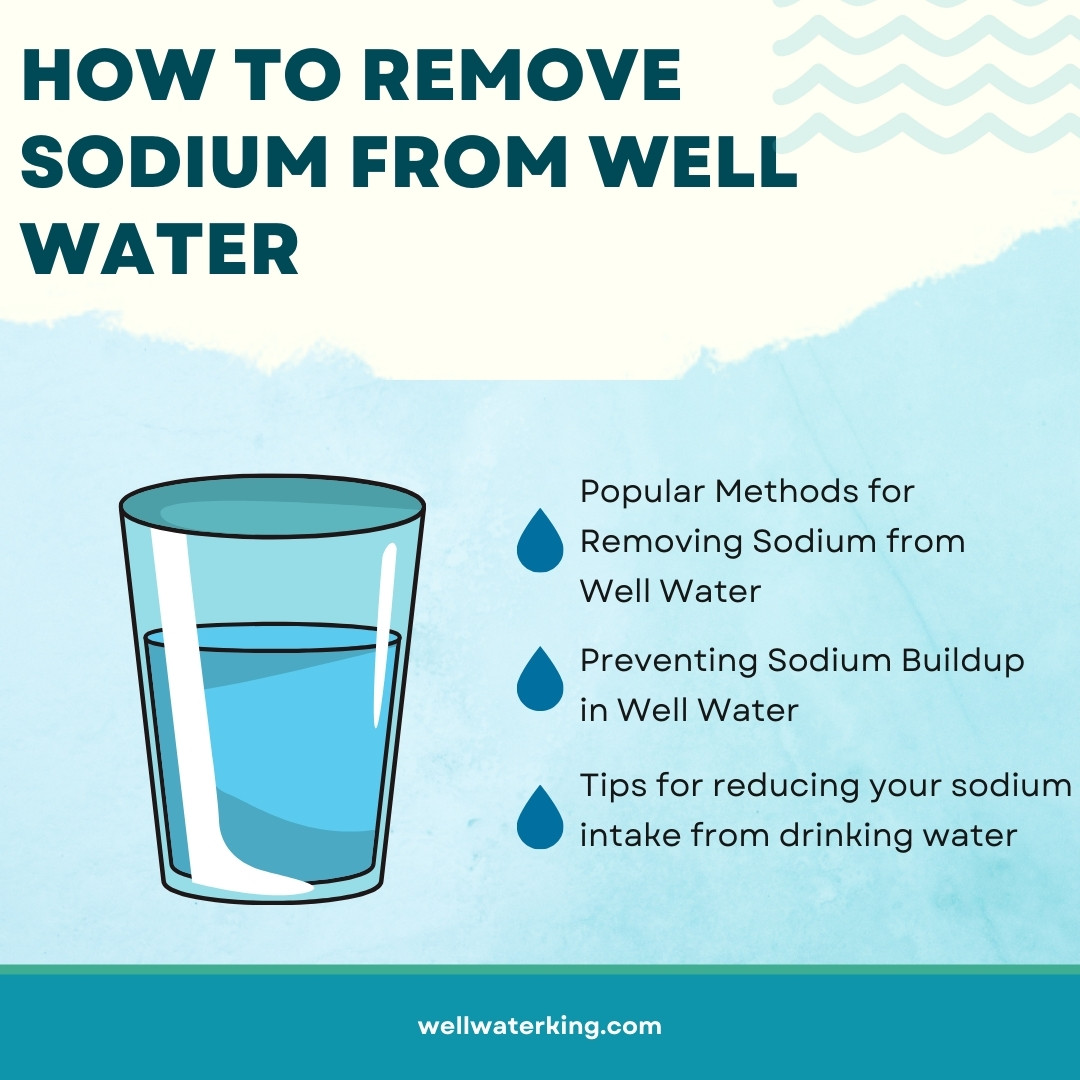Having a well can be a fantastic resource, providing a steady supply of water for your household. But there’s a sneaky substance that could be lurking in your well water: nitrates. Nitrates are common contaminants often found in agricultural areas due to the widespread use of fertilizers. When it rains, these nitrates can seep into the groundwater and eventually make their way into your well. Sounds alarming, doesn’t it? Well, the good news is that there are several ways to deal with this problem and ensure the water you consume is safe.
We’ll start by exploring what nitrates are and how they end up contaminating our water sources. We’ll then discuss the health risks associated with nitrate contamination and identify the most common sources of these compounds. After that, we’ll move onto prevention strategies and different methods for removing nitrates from your well water. We’ll compare the pros and cons of these methods and guide you in choosing the best nitrate removal system for your well. And of course, we’ll also cover how to maintain your system and test your water after nitrate removal. So, are you ready to embark on this journey to safer, nitrate-free water? Let’s dive in!
What are Nitrates and How Do They Contaminate Well Water?
Nitrates are chemical substances often found in the environment. They’re part of a group known as nitrogen compounds. Nitrates are typically formed when microorganisms break down fertilizers, plants, and other waste. Now, you might be thinking, “How do these nitrates get into my well water?” The answer is through something called leaching. Leaching happens when rainwater or melting snow carries nitrates from the soil into groundwater. This water, containing nitrates, can then seep into well water, causing contamination.
Health Risks Associated with Nitrate Contamination
Nitrate contamination in well water can pose several health risks. One major concern is a condition called ‘blue baby syndrome’ or methemoglobinemia, which affects infants and can make it hard for them to breathe. In adults, high levels of nitrates can cause serious health issues, like gastrointestinal and nervous system problems. But remember, these health issues usually only happen if the nitrate levels are too high. So it’s always important to get your well water tested regularly.
Sources of Nitrate Contamination in Well Water
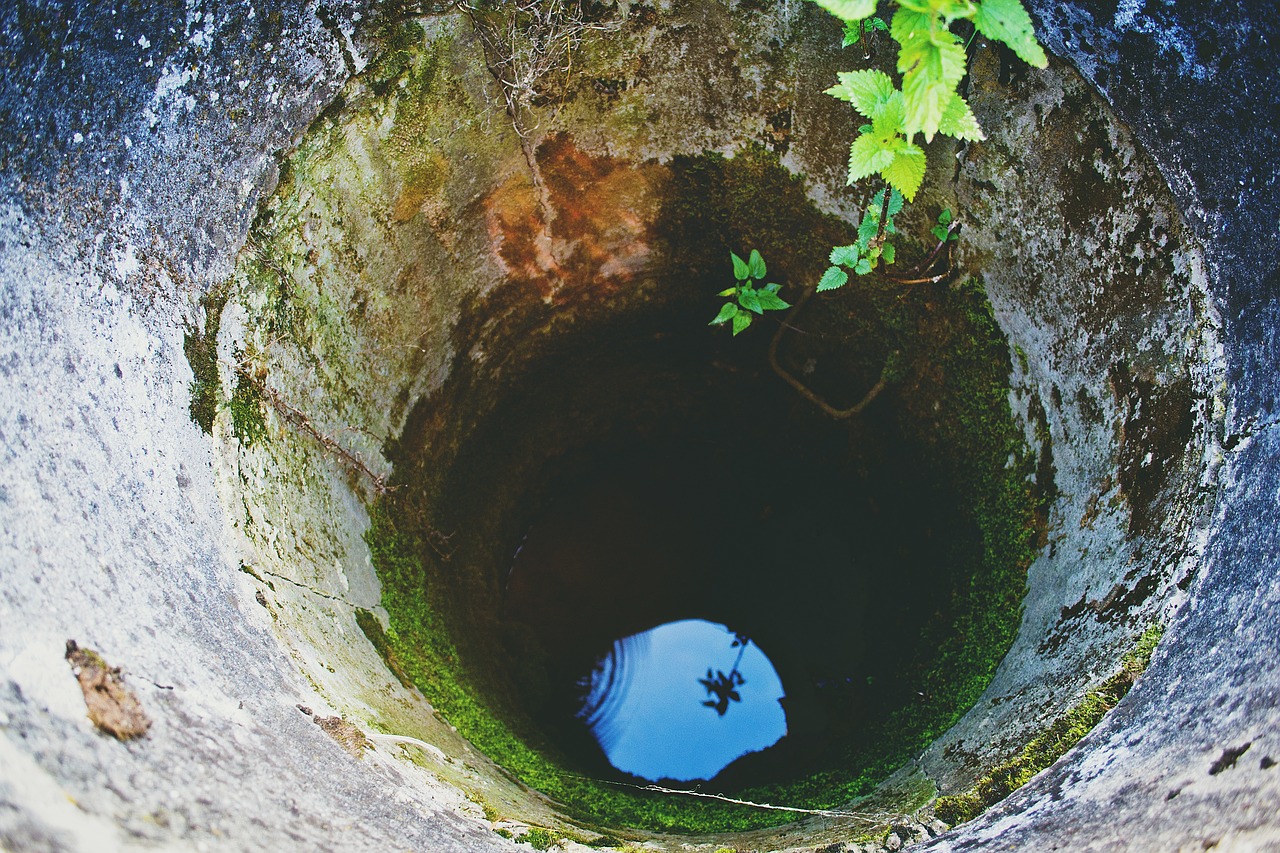
There are many sources of nitrate contamination. One of the biggest culprits is agricultural runoff, which is water that runs off farmland and into rivers or groundwater. This runoff can contain high levels of nitrates from fertilizers used on crops. Septic systems and sewage treatment plants can also contribute to nitrate contamination. Even natural sources, like decomposing plant material, can increase nitrate levels in well water.
Nitrates can infiltrate well water through various sources. These include both natural and man-made sources. It’s important to understand these sources to help control and prevent nitrate contamination.
1. Agricultural Runoff
Agricultural activities are the leading cause of nitrate contamination in well water. Farmers often use nitrate-rich fertilizers to enhance crop growth. When it rains, these fertilizers dissolve and mix with the rainwater, creating what’s known as agricultural runoff. This runoff, laden with nitrates, can seep into the ground, contaminating the groundwater and eventually, well water.
2. Livestock Waste
Areas with high livestock concentrations can also contribute to nitrate contamination. Animal waste is rich in nitrates. When not managed properly, these wastes can leach nitrates into the groundwater, especially during rainfall.
| Source | Description |
|---|---|
| Agricultural Runoff | Rainwater carries nitrate-rich fertilizers into groundwater. |
| Livestock Waste | Improperly managed animal waste can leach nitrates into groundwater. |
3. Septic Systems and Sewage Treatment Plants
Septic systems and sewage treatment plants are another significant source of nitrates. When not maintained properly, these systems can leak untreated or partially treated sewage, which is high in nitrates, into the surrounding soil and eventually the groundwater.
4. Industrial Waste
Certain industries, like the chemical industry, produce waste high in nitrates. If this waste is not managed properly, it can contaminate the surrounding groundwater.
5. Natural Sources
Decaying plant materials, decomposing animal wastes, and soil organic matter also produce nitrates. These natural sources can leach into groundwater, contributing to nitrate levels in well water.
| Source | Description |
|---|---|
| Septic Systems and Sewage Treatment Plants | Leaking systems can introduce high-nitrate waste into the groundwater. |
| Industrial Waste | Improperly managed waste from certain industries can contaminate groundwater. |
| Natural Sources | Decaying plant and animal materials and soil organic matter produce nitrates. |
Understanding these sources is critical to preventing nitrate contamination in your well water.
Preventing Nitrate Contamination
One of the best ways to prevent nitrate contamination is to keep potential sources of nitrates away from your well. If you’re a farmer, try using less fertilizer or using organic options. For homeowners, ensure your septic system is in good working order and not leaking. And for everyone, it’s crucial to keep an eye on well water nitrate levels and have them tested regularly.
How to Keep Nitrate Sources Away from Your Well
Protecting your well from nitrate contamination involves a few important steps:
- Maintain a safe distance between your well and possible nitrate sources like septic systems or fertilized fields.
- Regularly inspect your well for structural issues that could allow contaminants to enter.
- Plant vegetation around your well to act as a natural filter, reducing the amount of nitrates that reach your well water.
Common Methods for Removing Nitrates from Well Water
There are several common methods for removing nitrates from well water. Ion exchange is a process that uses special resins to swap nitrates in water for other ions. Reverse osmosis uses a membrane to filter out nitrates and other contaminants. And distillation involves boiling water and collecting the vapor, which leaves nitrates behind.
| Method | Description |
|---|---|
| Ion Exchange | Swaps nitrates for other ions using special resins |
| Reverse Osmosis | Uses a membrane to filter out nitrates |
| Distillation | Involves boiling water and collecting the vapor, leaving nitrates behind |
Pros and Cons of Different Nitrate Removal Methods
Each nitrate removal method has its advantages and drawbacks.
| Method | Pros | Cons |
|---|---|---|
| Ion Exchange | Effective; relatively inexpensive | Requires regular maintenance; can increase sodium levels in water |
| Reverse Osmosis | Highly effective; also removes other contaminants | More expensive; uses more water |
| Distillation | Very effective; doesn’t increase sodium levels | Energy intensive; can leave water tasting flat |
How to Choose the Best Nitrate Removal System for Your Well
Choosing the best nitrate removal system for your well depends on several factors. You should consider the nitrate level in your water, your budget, and the maintenance required for each system. It’s also a good idea to consult with a water treatment professional, who can provide advice based on your specific situation.
1. Evaluate Nitrate Levels
The first step in choosing a nitrate removal system is understanding the extent of your nitrate problem. Conducting a water test will give you a clear picture of the nitrate levels in your well water. If nitrate levels are extremely high, you might need a more robust system like reverse osmosis or distillation.
2. Consider Your Budget
Different nitrate removal systems come with different costs. For instance, ion exchange systems might be less expensive upfront but may require more maintenance and replacement costs over time. On the other hand, reverse osmosis systems may be more expensive initially, but they may provide more comprehensive water treatment.
| Factor | Description |
|---|---|
| Evaluate Nitrate Levels | Test your water to understand the extent of nitrate contamination. |
| Consider Your Budget | Different systems come with different initial and ongoing costs. |
3. Understand the Maintenance Requirements
Each system comes with its own maintenance needs. Ion exchange systems, for example, require regular regeneration and periodic resin replacement. On the other hand, reverse osmosis systems need regular filter changes. Understanding these requirements will help you choose a system that you can maintain effectively.
4. Evaluate Space and Installation Requirements
Some systems may require more space or complex installation procedures. Make sure you have the necessary space and the ability (or professional help) to install the system.
5. Consult a Water Treatment Professional
A water treatment professional can assess your specific situation and recommend the best nitrate removal system for your needs. They can take into account factors like nitrate levels, water hardness, pH, and other contaminants that might affect the efficiency of nitrate removal.
| Factor | Description |
|---|---|
| Understand the Maintenance Requirements | Different systems have different maintenance needs. |
| Evaluate Space and Installation Requirements | Some systems may require more space or complex installation procedures. |
| Consult a Water Treatment Professional | A professional can provide tailored advice based on your specific situation. |
Choosing the best nitrate removal system for your well is a crucial decision that requires careful consideration of several factors. By evaluating your nitrate levels, budget, maintenance capabilities, and space requirements, and by consulting a professional, you can make an informed choice that best suits your needs.
How to Maintain Your Nitrate Removal System
Maintaining your nitrate removal system is key to keeping your well water safe. This typically involves replacing filters or resins, checking system pressure, and cleaning the system regularly. Always follow the manufacturer’s maintenance instructions for your specific system. Here are some tips on how you can achieve this:
- Regular Inspection. Check your system regularly for any visible signs of wear and tear or damage. Look for leaks, unusual noises, or decreased water flow. These could indicate a problem that needs immediate attention.
- Change Filters Regularly. If your system uses filters, such as a reverse osmosis system, make sure you change the filters as per the manufacturer’s instructions. This can range from every few months to once a year, depending on the type of filter and the system.
- Regenerate Ion Exchange Systems. If you’re using an ion exchange system, it’s crucial to regenerate it regularly with a high concentration of salt solution. This will refresh the system and allow it to continue removing nitrates effectively. Additionally, the resin bed should be replaced periodically, usually every few years, depending on your system and usage.
- Professional Servicing. Consider having your system professionally serviced every year or so. A professional can thoroughly inspect and clean the system, replace worn-out parts, and ensure it’s working at its best.
- Monitor Nitrate Levels. Even with regular maintenance, it’s important to monitor your water’s nitrate levels regularly. This will help you know if your system is working effectively and alert you to any potential issues.
How to Test Your Water After Nitrate Removal
Testing your water after nitrate removal is critical to ensure the system is working correctly. You can use a home test kit or hire a professional to do the testing. It’s recommended to test your water at least once a year, but more often if your water has high nitrate levels. Regular testing helps keep your well water safe and healthy for you and your family.
What is the best system to remove nitrates from water?
The best system to remove nitrates from water largely depends on the nitrate levels and your specific needs. Reverse osmosis, ion exchange, and distillation are all effective methods. Reverse osmosis is often seen as the most effective because it can remove many other types of contaminants as well. However, it is also usually the most expensive option.
What water filter removes nitrates?
Reverse osmosis filters are highly effective at removing nitrates from water. These systems use a semi-permeable membrane that can filter out nitrates along with a wide range of other contaminants. There are also some specialized nitrate removal filters that operate using an ion exchange process.
Can a water softener remove nitrates?
Standard water softeners are not designed to remove nitrates. They work by exchanging calcium and magnesium ions (which cause hardness) with sodium or potassium ions. However, specialized nitrate selective ion exchange systems can remove nitrates. These systems are similar to water softeners but use a different type of resin.
What are the symptoms of nitrates in well water?
High levels of nitrates in drinking water can lead to health problems, especially in infants and pregnant women. Infants exposed to high nitrate levels can develop a condition known as methemoglobinemia, or “blue baby syndrome,” which can lead to serious illness or even death. Symptoms can include shortness of breath, blue-gray or pale skin color, and lethargy. In adults, prolonged exposure to high nitrate levels may be linked to certain types of cancer and can disrupt thyroid function.
Wrapping Up
Understanding how to remove nitrates from well water is essential for maintaining the safety and quality of your water supply.
Nitrates commonly enter well water through sources such as agricultural runoff, waste from livestock, septic systems, and natural plant and animal decay. They pose health risks especially to infants and pregnant women, and potentially contribute to certain types of cancers in adults.
Preventing nitrate contamination can be achieved through responsible fertilizer use, proper waste management, regular maintenance of septic systems, keeping a safe distance from nitrate sources, and planting vegetative barriers around your well.
Choosing the best nitrate removal system depends on your specific needs, which can be guided by evaluating your nitrate levels, budget, maintenance capacity, and space requirements. While reverse osmosis, ion exchange, and distillation systems are effective in removing nitrates, professional consultation is advisable to ensure you select the best option for your situation.
Regular maintenance of your nitrate removal system is essential, involving regular inspections, filter changes, system regeneration, professional servicing, and monitoring of nitrate levels.
After the installation of a nitrate removal system, it’s crucial to test your water regularly using home test kits, lab testing, or professional services. Regular testing across different water sources will help ensure the effectiveness of your system and the safety of your water.
In essence, ensuring a nitrate-free water supply involves a comprehensive approach, from understanding the sources and risks of nitrate contamination, taking steps to prevent it, selecting and maintaining an appropriate nitrate removal system, and regular testing of your water. By doing so, you can rest assured that you are providing a safe and healthy water source for your household.
Resource:
- https://americanhomewater.com/how-to-remove-nitrates-from-well-water/
- https://www.orangecountync.gov/DocumentCenter/View/18996/Nitrate-Facts
- https://www.health.state.mn.us/communities/environment/water/wells/waterquality/nitrate.html
